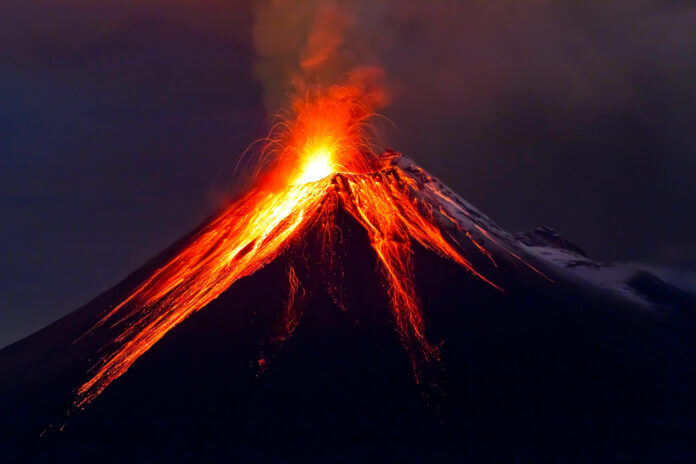Scientists are learning a lot about volcanoes’ tremendous strength from the famous 2018 eruption on the Hawaiian island of Hawaiʻi, which sent columns of molten lava into space.
Kilauea, located in Hawaii Volcanoes National Park on the Big Island, experienced many instances of lava erupting from its crater in 2018, giving it the appearance of a popular “stomp-rocket toy.” Stomping on a releasing mechanism sends a rocket soaring into the sky with this toy.
The principal researcher of the study, Josh Crozier, a geologist from Stanford University, stated that the unusual eruption behavior likely contributed to the intensity of the lava flow that destroyed more than 600 properties that year.
This unprecedented series of 12 eruptions, which leveled more than 700 houses and displaced more than 2,000 people, may reveal a whole new process for volcanic explosions.
Volcanologist Leif Karlstrom of the University of Oregon thinks it’s remarkable since the eruptions happened in succession and were remarkably similar—something that happens very seldom.
Most famous volcanic eruptions are thought to be caused by either subsurface pressure buildup of magma steam released from groundwater or both. Neither of these occurrences is related to the six-year-old eruption of the Kīlauea volcano.
Surprisingly, the world’s most active volcano did not experience any significant changes in temperature or chemicals before its cataclysmic eruption.
In 2018, a 6.2-mile-long underground passageway was formed as magma moved eastward from Kīlauea’s central system. A series of seismic earthquakes occurred in the area at the same time.
As was shown in 2018, an immense air plume might be unleashed if an earthquake forces the ceiling of the lava tube to collapse. According to the simulations, this would result in significant subterranean pressure.
Scientists can trace all nine of 2018’s eruptions to the ‘stomp’ effect, meaning it was the main factor that impacted when these eruptions happened.
The only way to reliably predict and prepare for future volcanic activity is to have a better understanding of the physics of volcanic eruptions. The 2018 eruption of Kīlauea presents the opportunity to learn from previous disasters.

